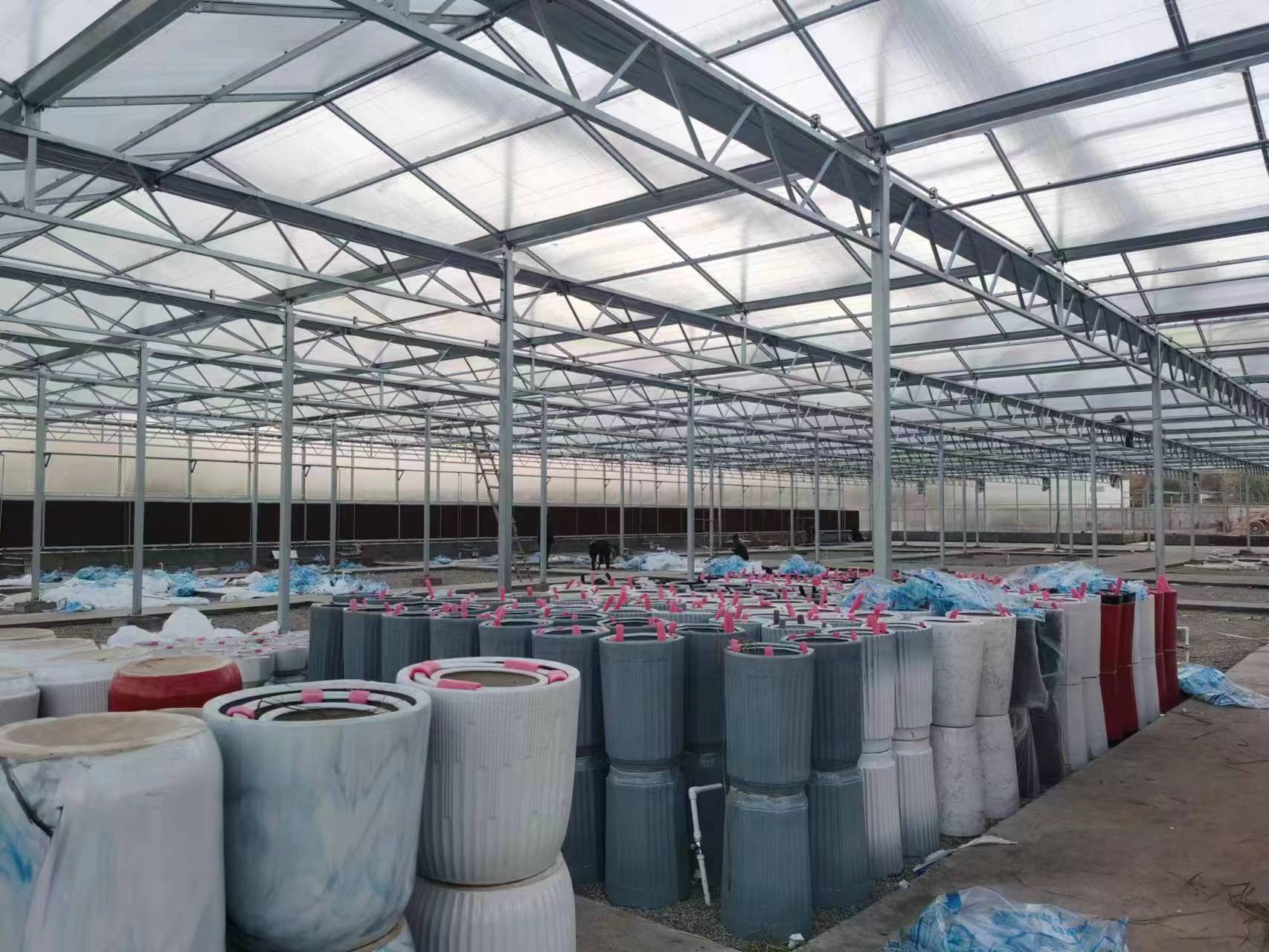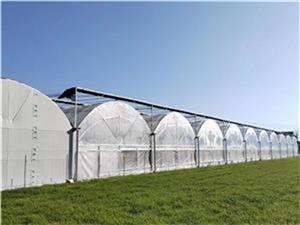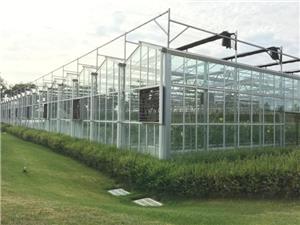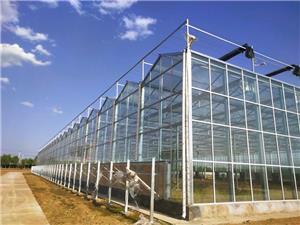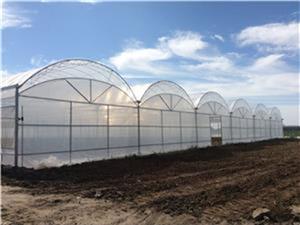The Evolution and Impact of Greenhouse Technology in Modern Agriculture
In the ever-changing landscape of global agriculture, greenhouse technology has emerged as a transformative force, reshaping how we grow food, flowers, and other crops. From simple structures designed to extend the growing season to sophisticated, climate-controlled environments that enable year-round production, greenhouses have evolved significantly over the decades. This evolution has been driven by a combination of factors, including the need to address food security challenges, adapt to changing climatic conditions, and meet the growing demand for high-quality, locally sourced produce. Today, greenhouses are not just tools for cultivation but symbols of innovation, sustainability, and resilience in the agricultural sector.
The roots of greenhouse technology can be traced back centuries, with early forms dating to the Roman Empire, where wealthy landowners used glass-covered structures to grow exotic plants during cold months. However, these early designs were rudimentary, relying on passive solar heating and offering little control over internal conditions. It was not until the 19th century, with the advent of better glass manufacturing techniques and the development of basic heating systems, that greenhouses began to be used more widely for commercial agriculture. In the Netherlands, for example, farmers started using glass greenhouses to grow vegetables and flowers, leveraging the country’s temperate climate and access to water resources. These early commercial greenhouses laid the foundation for the modern industry, demonstrating the potential of controlled environments to boost crop yields and diversify production.
As the 20th century progressed, greenhouse technology underwent rapid advancements, driven by innovations in materials science, engineering, and automation. The introduction of polycarbonate (PC) panels in the 1950s marked a significant milestone, offering a lightweight, durable alternative to traditional glass. PC panels are not only shatter-resistant but also provide better insulation, reducing energy costs and improving temperature regulation. Around the same time, the development of plastic films revolutionized the industry, making greenhouses more affordable and accessible to small-scale farmers. Plastic film greenhouses, with their low construction costs and ease of installation, quickly became popular in regions with moderate climates, enabling farmers to protect crops from frost, wind, and pests without large upfront investments.
In conclusion, greenhouse technology has come a long way from its humble beginnings, evolving into a critical component of modern agriculture. Its ability to provide a controlled growing environment, mitigate the impact of climate change, promote sustainability, and address food security makes it an essential tool for feeding the world’s growing population. While there are challenges to overcome, such as high costs and energy consumption, ongoing innovations in materials science, digital technology, and renewable energy are paving the way for a more efficient, accessible, and sustainable greenhouse industry. As we look to the future, it is clear that greenhouses will continue to play a vital role in shaping the future of agriculture, helping us build a more resilient and food-secure world.